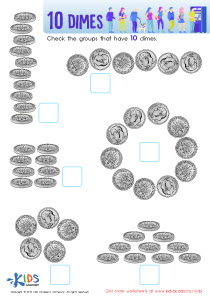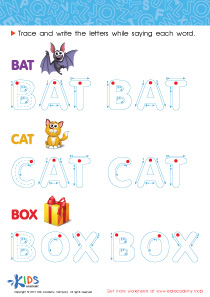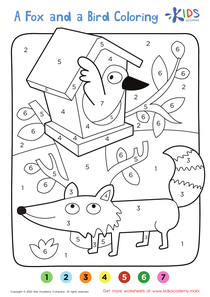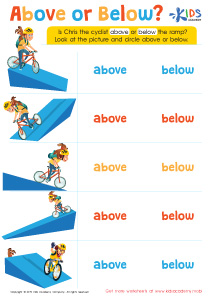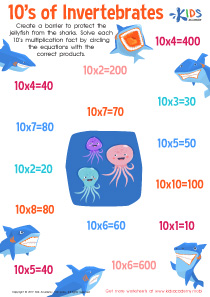Tracing Words worksheets activities for 5-Year-Olds
29 filtered results
-
From - To


Christmas Tree Tracing Winter Words Worksheet
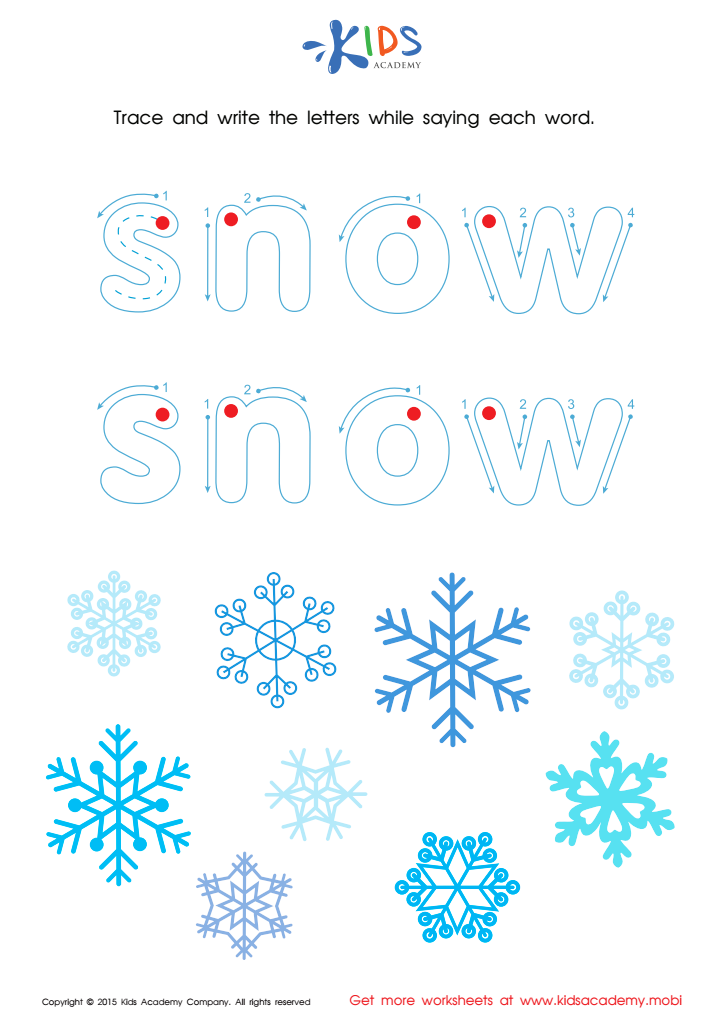

Snowflake Tracing Winter Words Worksheet
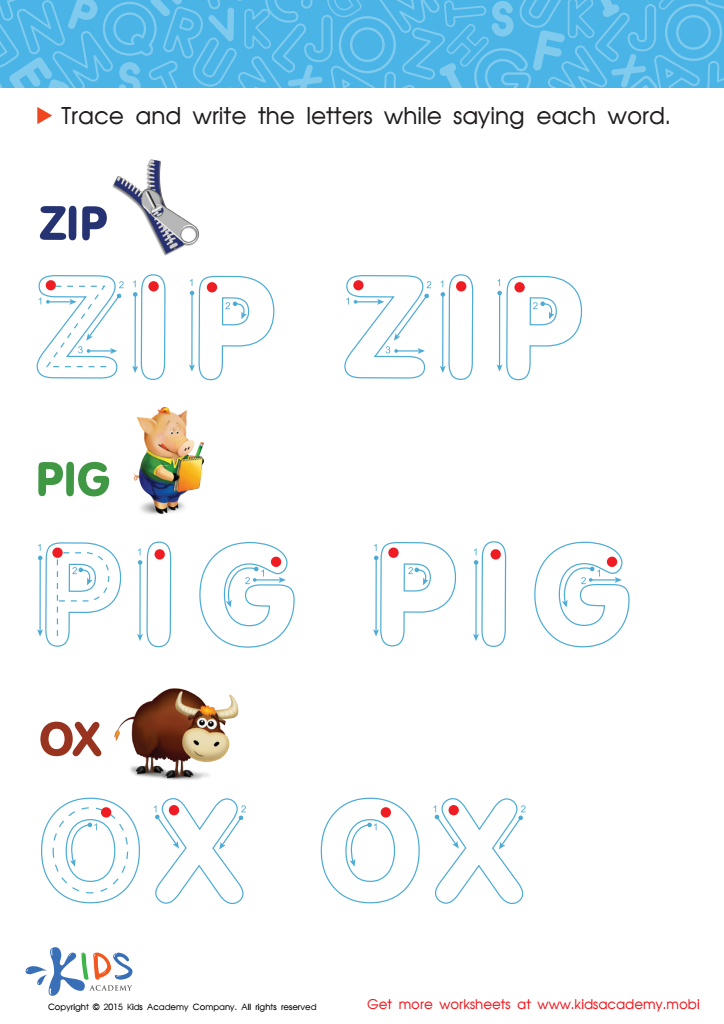

A Zip, a Pig and an Ox Spelling Worksheet
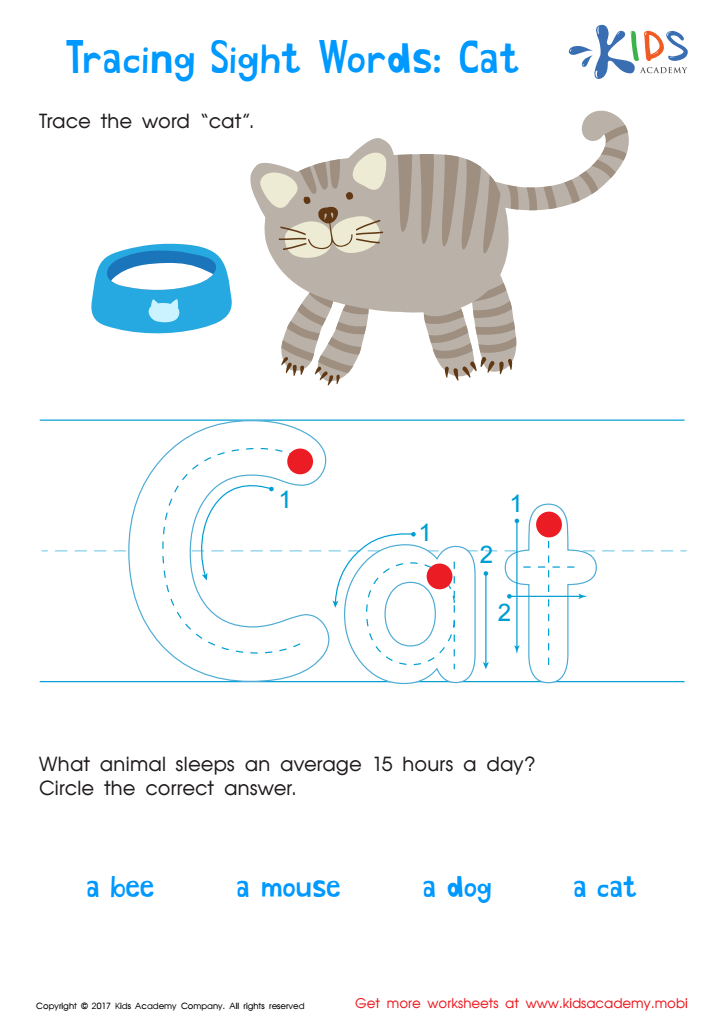

Cat Printable Sight Words Worksheet
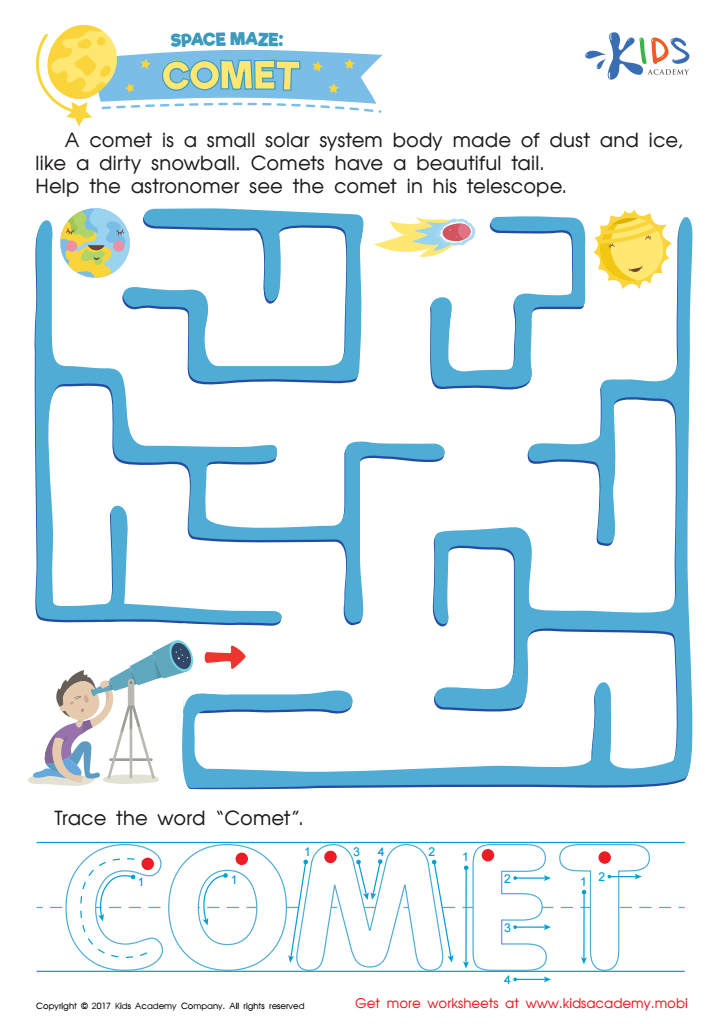

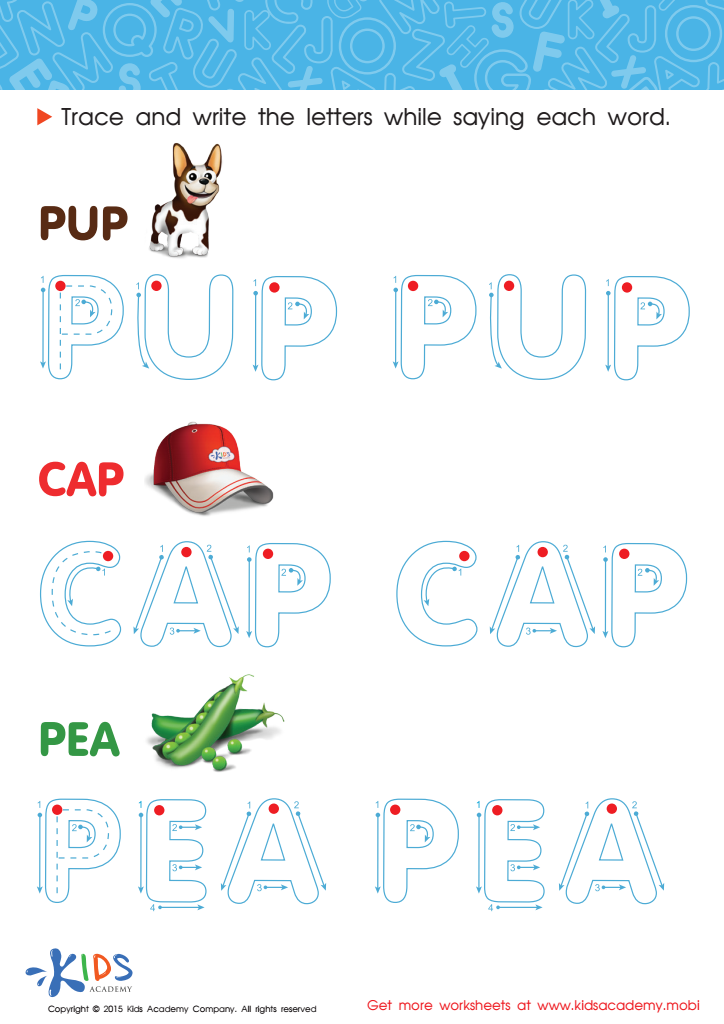

A Pup, a Cap and a Pea Spelling Worksheet
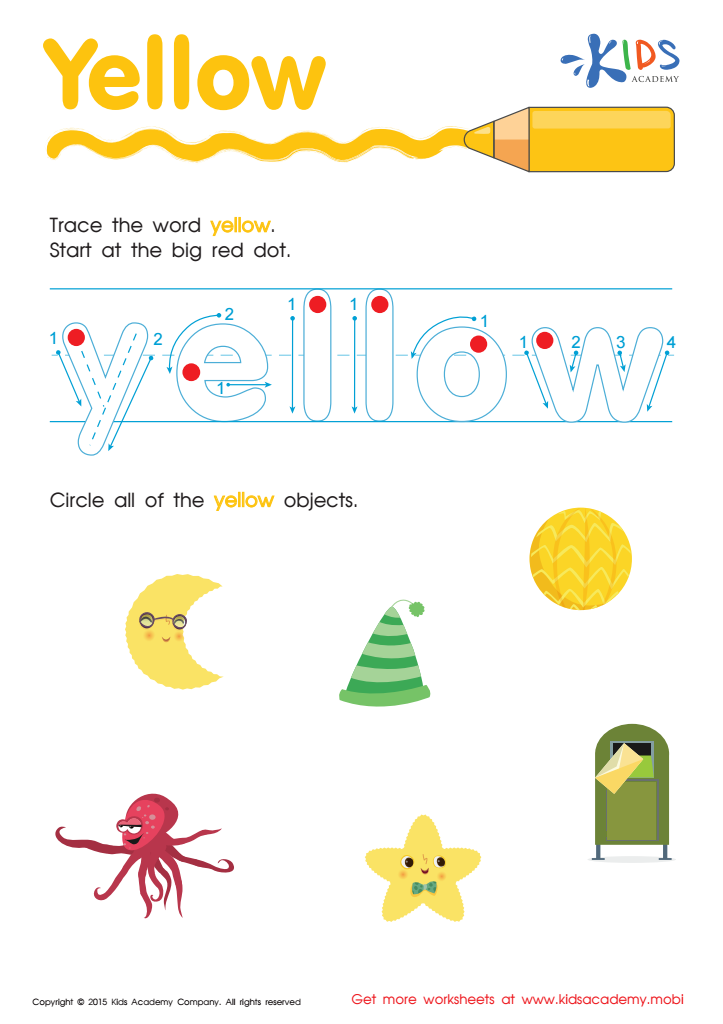

Yellow Tracing Color Words Worksheet
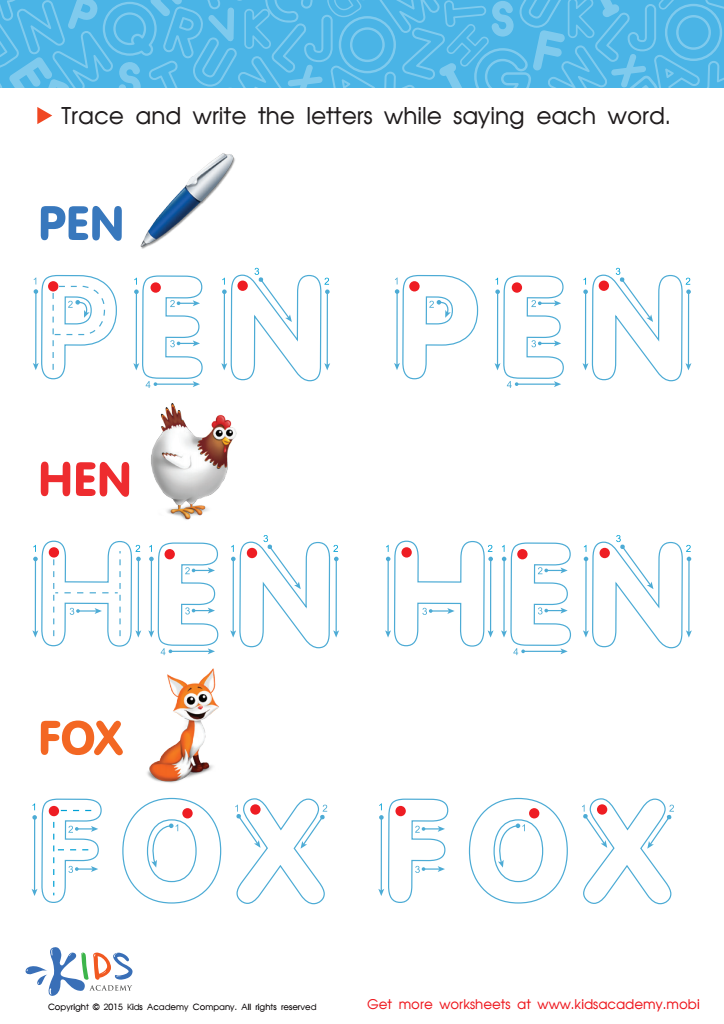

A Pen, a Hen and a Fox Spelling Worksheet
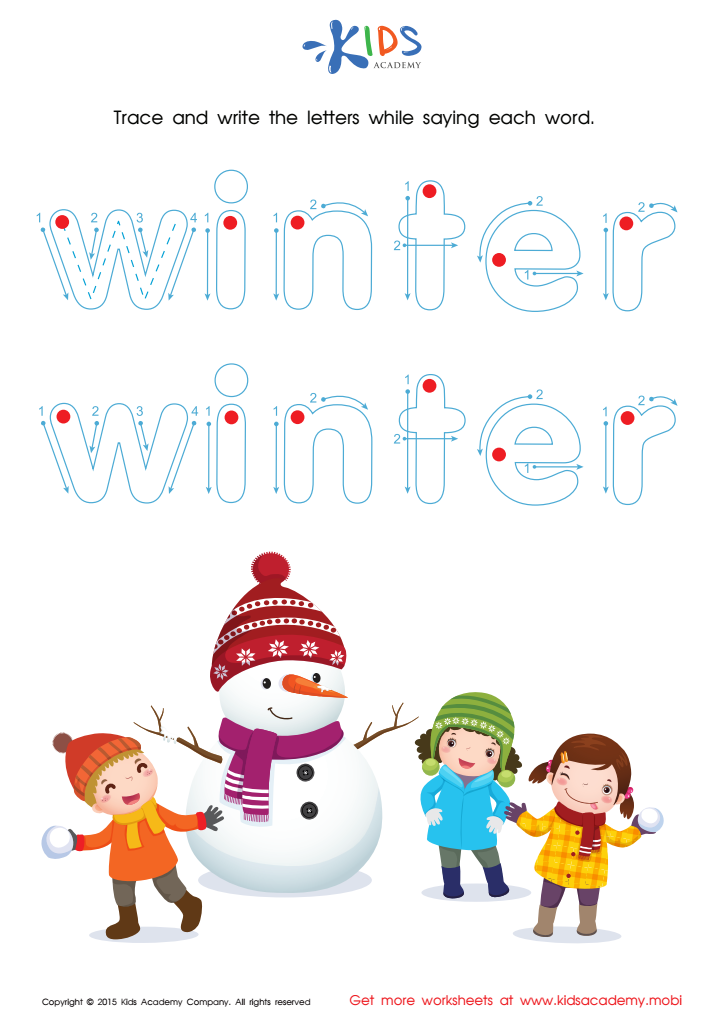

Snowman Tracing Winter Words Worksheet
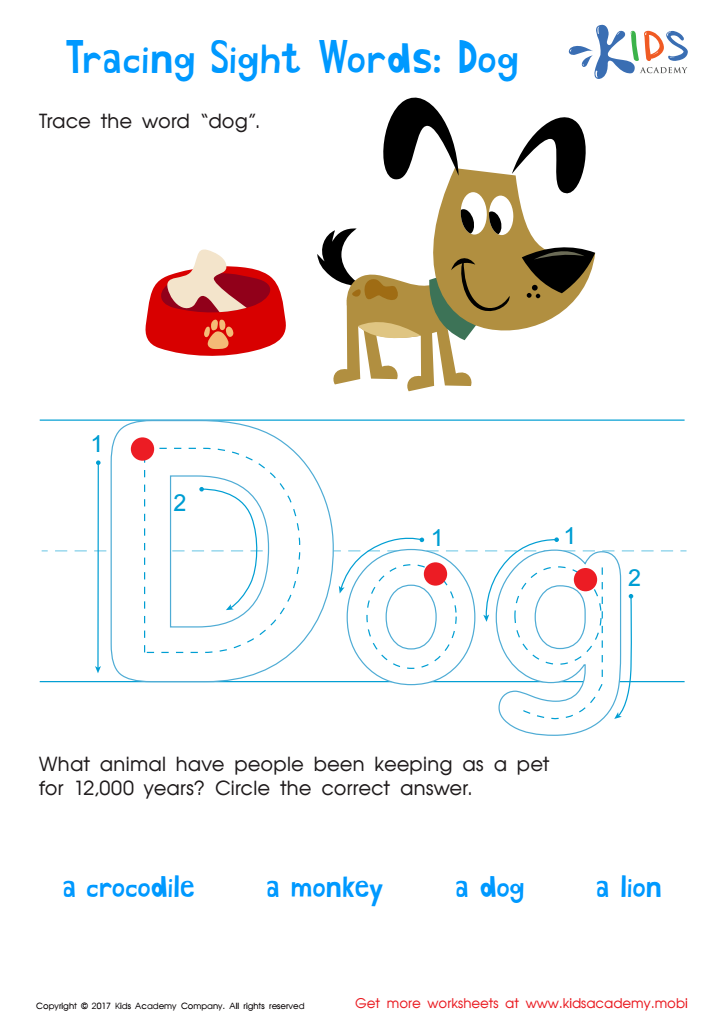

Dog Worksheet Sight Words Worksheet
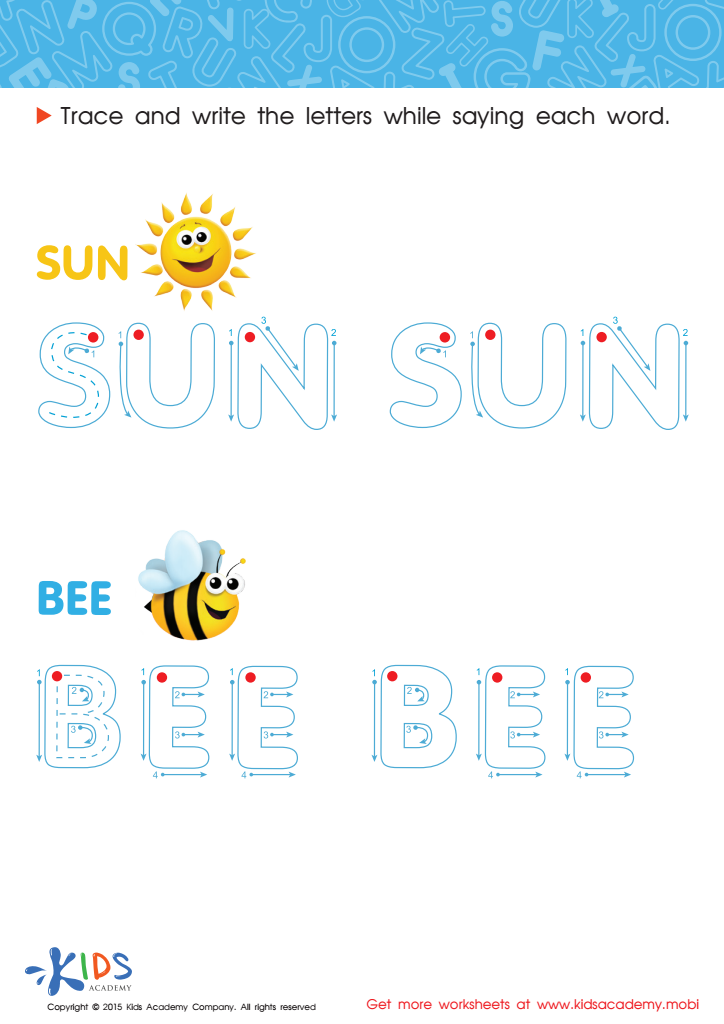

The Sun and a Bee Spelling Worksheet
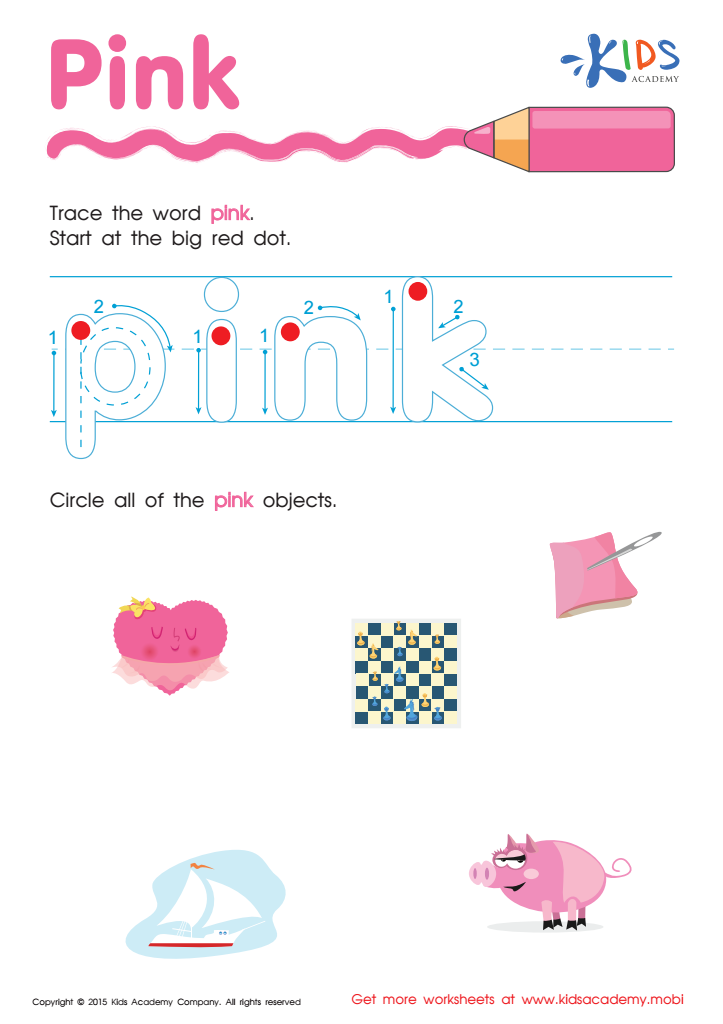

Pink Tracing Color Words Worksheet
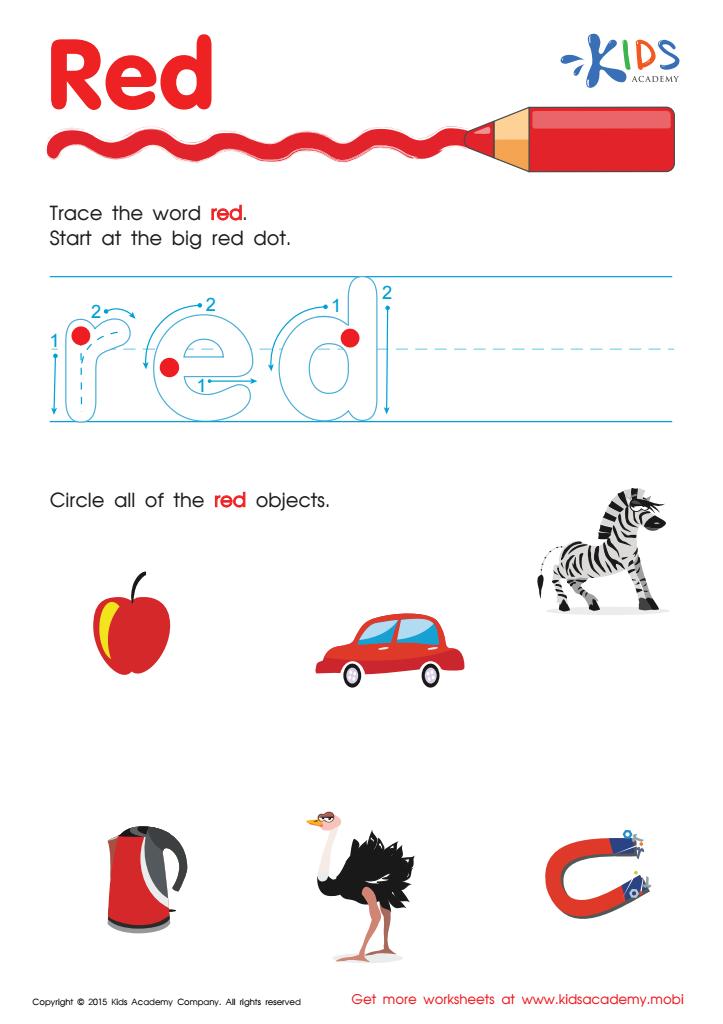

Red Tracing Color Words Printable
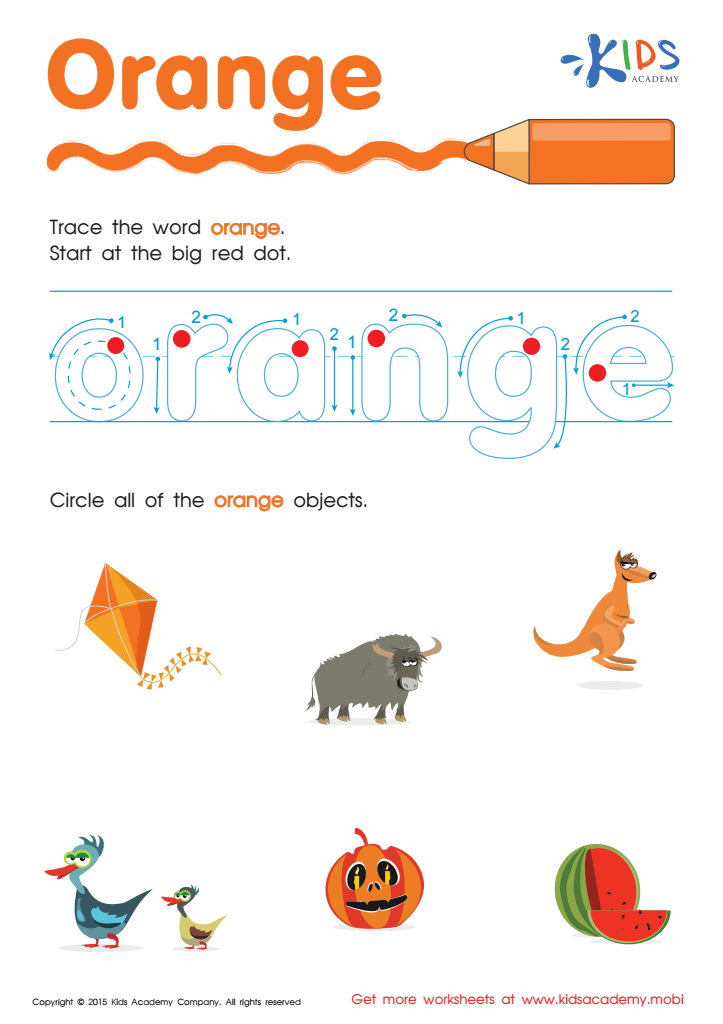

Orange Tracing Color Words Worksheet
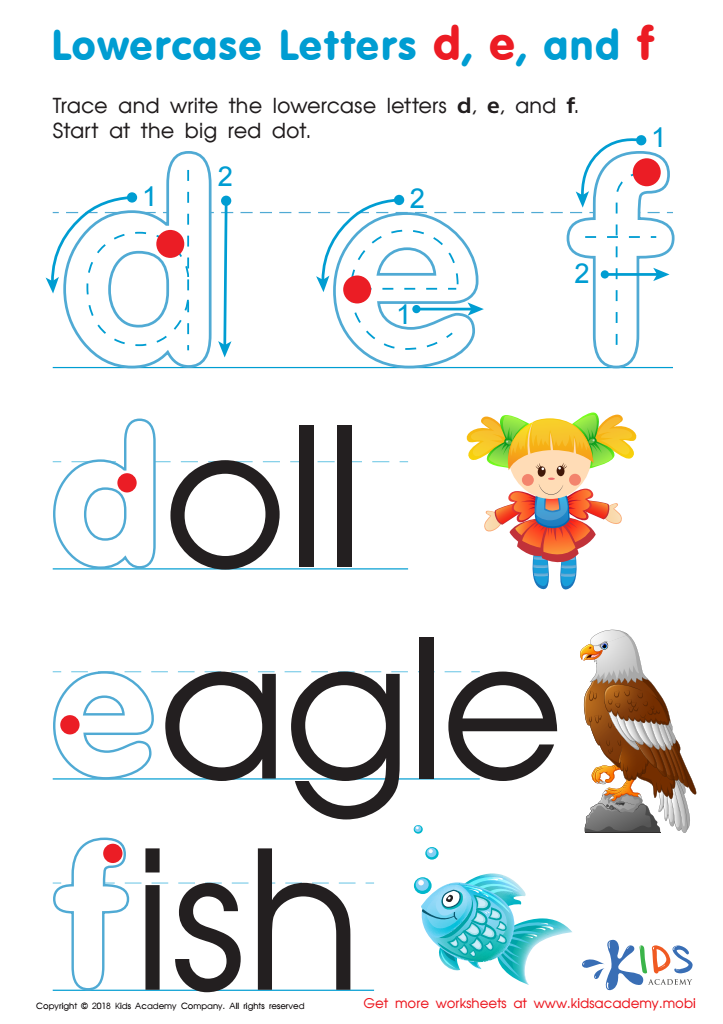

Lowercase Letters d e f Worksheet
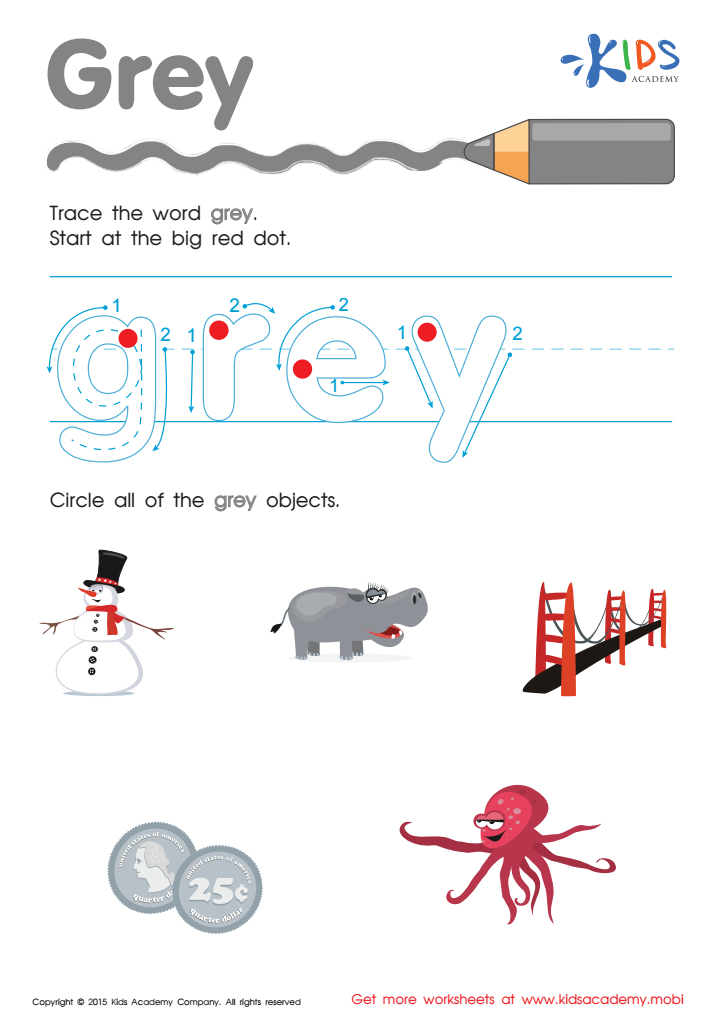

Grey Tracing Color Words Worksheet
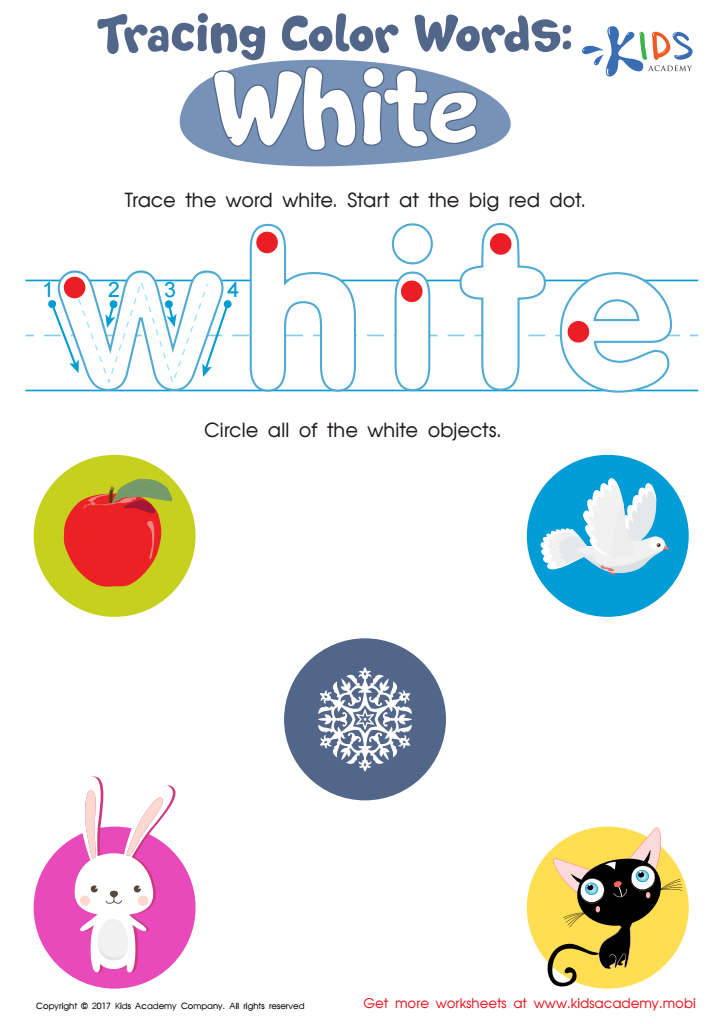

White Tracing Color Words Worksheet
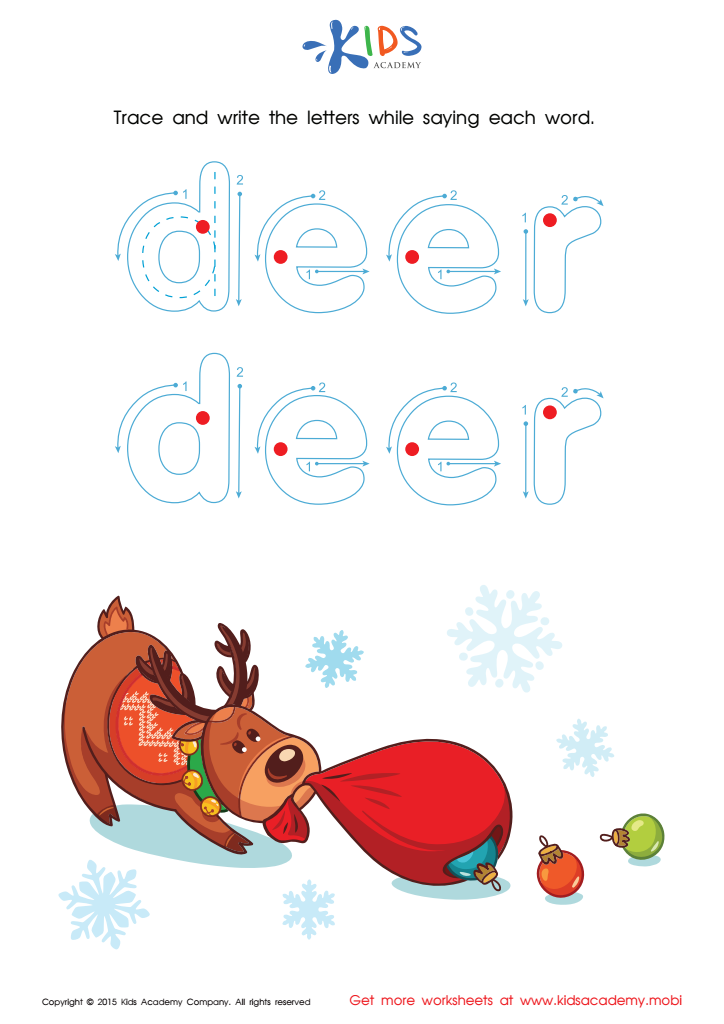

Deer Tracing Winter Words Worksheet
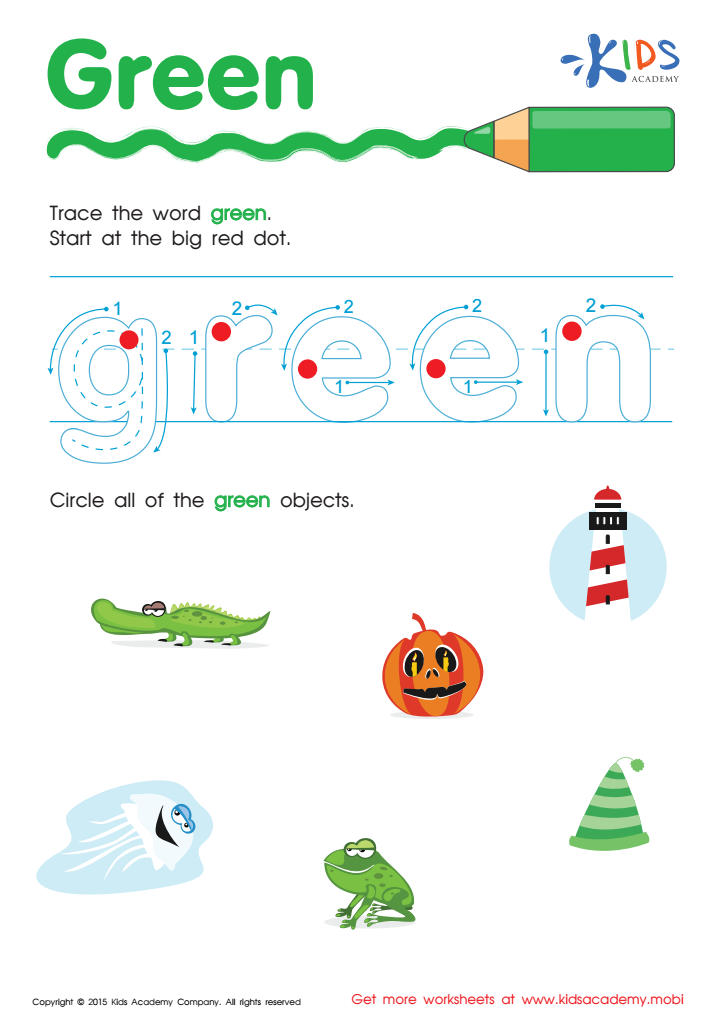

Green Tracing Color Words Worksheet
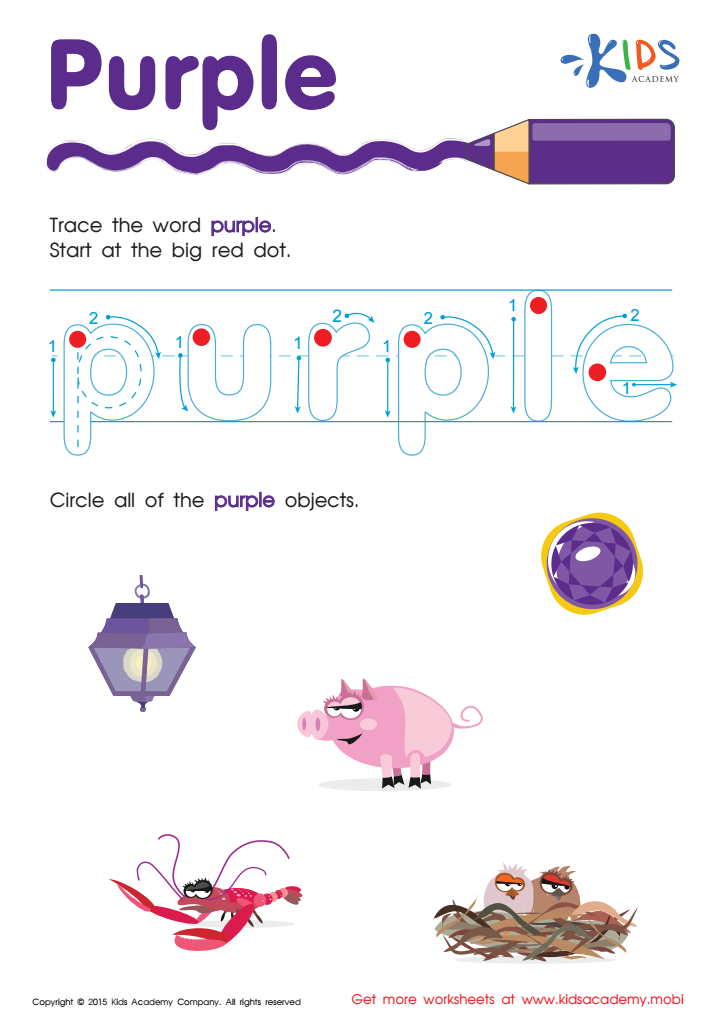

Purple Tracing Color Words Worksheet
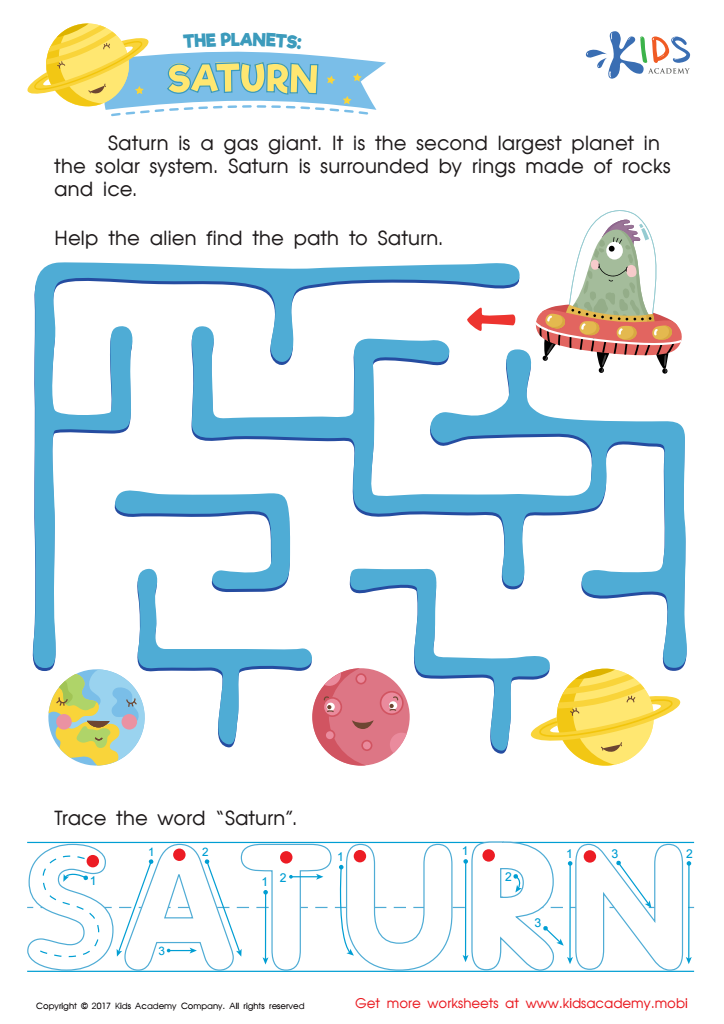

The Planets: Saturn Printable
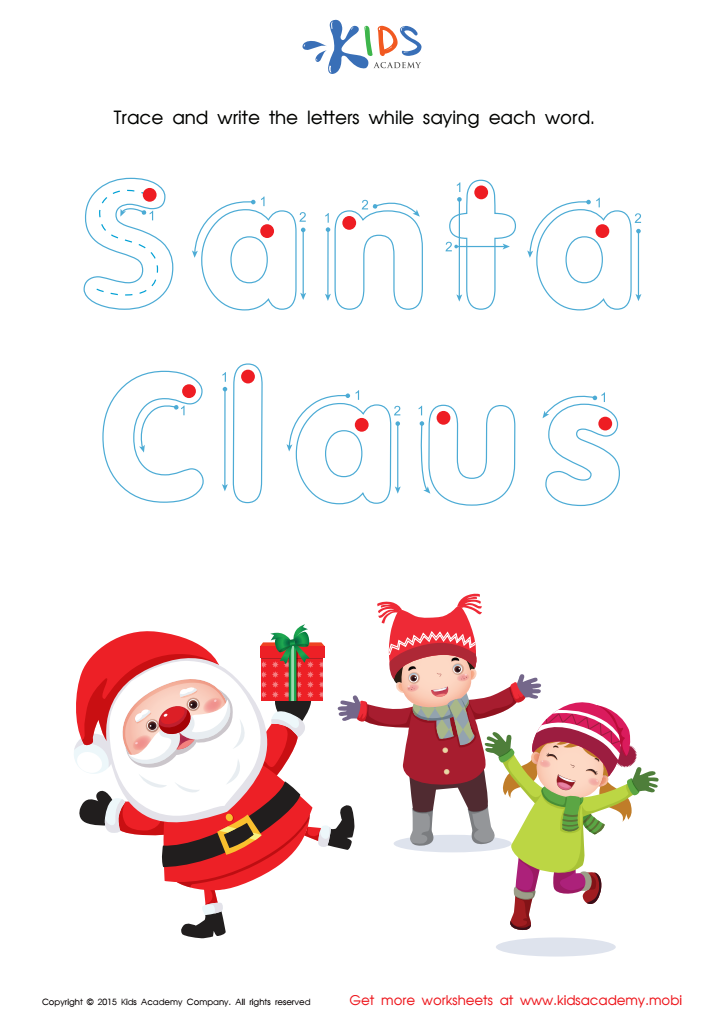

Santa Claus Tracing Winter Words Worksheet
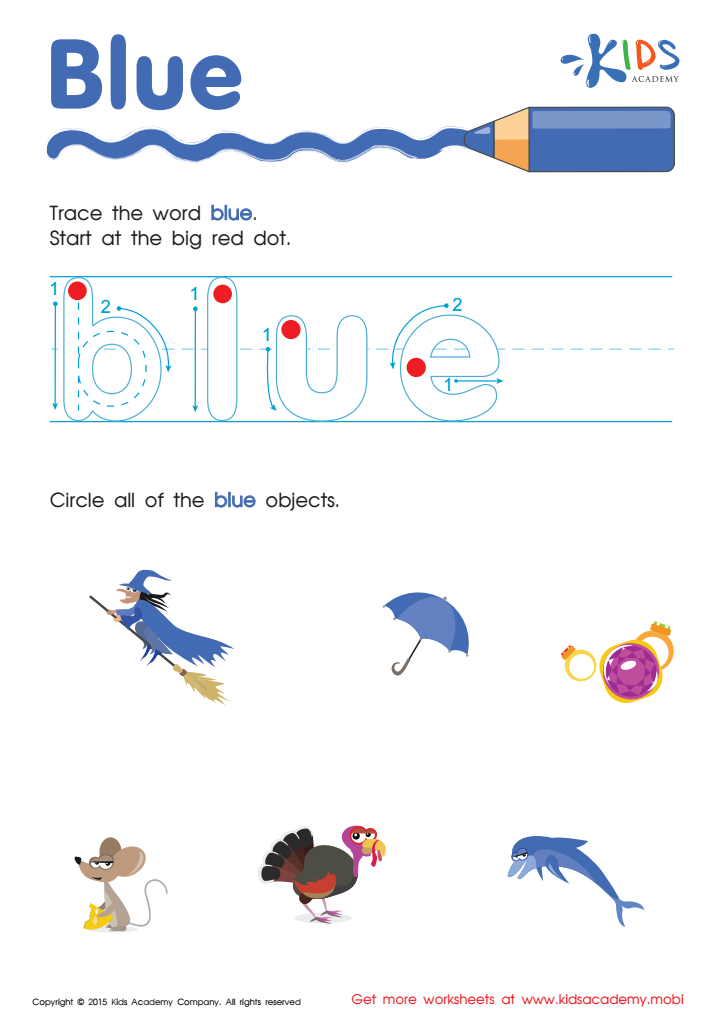

Blue Tracing Color Words Printable
Tracing Words worksheets activities are an invaluable educational tool, offering a multitude of benefits that are essential for early learners. These activities are designed not only to improve handwriting skills but also to enhance a child's cognitive abilities, including memory and vocabulary.
One of the primary advantages of Tracing Words worksheets is their ability to reinforce letter recognition. By tracing over letters, children become familiar with their shapes and sounds, an essential step toward reading fluency. This repetitive practice ensures that the connection between the visual symbol of the word and its phonetic sound is strengthened, aiding in faster recall and recognition.
Moreover, these worksheets provide an excellent opportunity for developing fine motor skills. The act of tracing demands control, precision, and coordination, all of which contribute to the improvement of a child’s handwriting and overall dexterity. This, in turn, prepares them for more complex tasks, such as writing their own words and sentences.
Tracing Words activities also serve as a bridges to spelling skills. As children trace, they become more attentive to the order of letters within words, laying a foundational understanding of spelling rules and patterns. This early exposure to word structure is crucial for budding readers and writers.
Furthermore, Tracing Words worksheets can be highly engaging and enjoyable for children. Many of these activities come in various themes and designs, making learning feel like play. This ensures that children remain motivated and interested, making the learning process more effective and enjoyable.
Lastly, these worksheets offer versatility in learning. They can be used in classroom settings, for homeschooling, or as additional practice at home. Regardless of the environment, they provide consistent and accessible means for children to progress in their literacy journey.
In summary, Tracing Words worksheets activities are a fundamental step in early education, promoting literacy, fine motor development, and cognitive growth through engaging and effective practice. Their role in fostering a love for learning and building confidence in young learners cannot be overstated.
 Assign to the classroom
Assign to the classroom
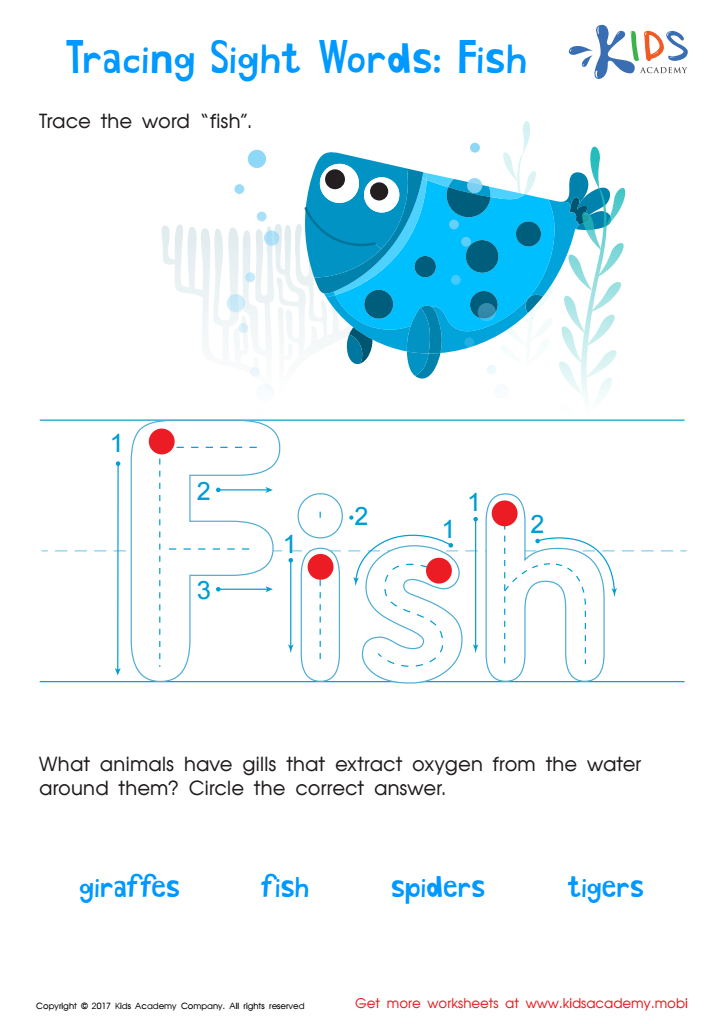
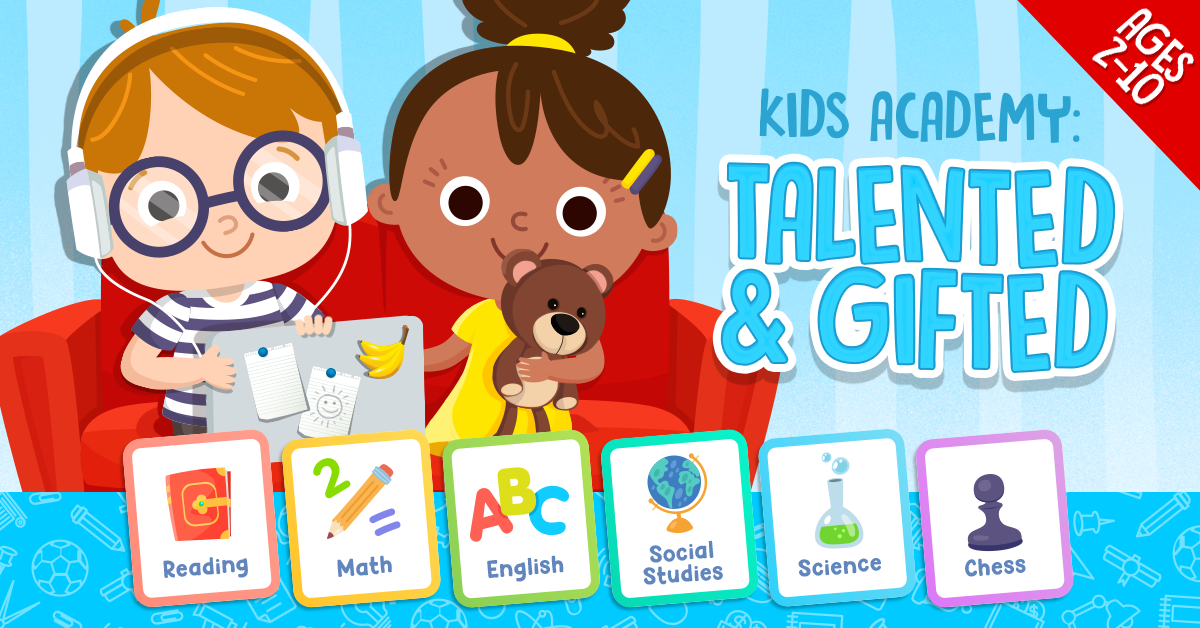



.jpg)

